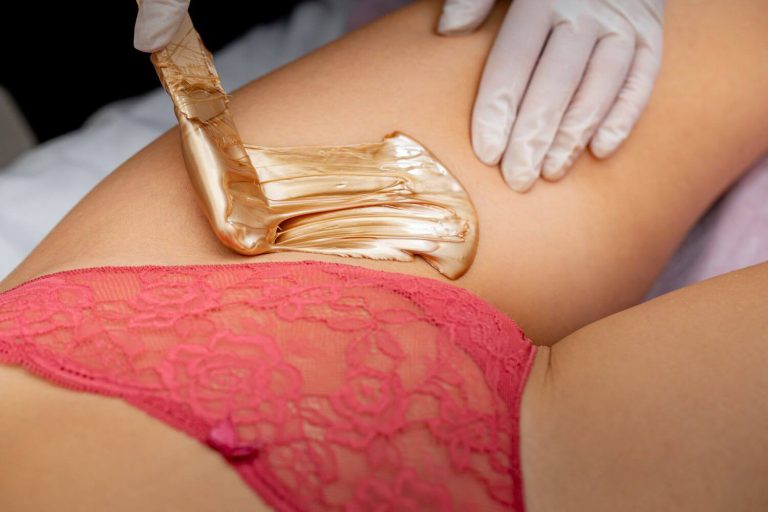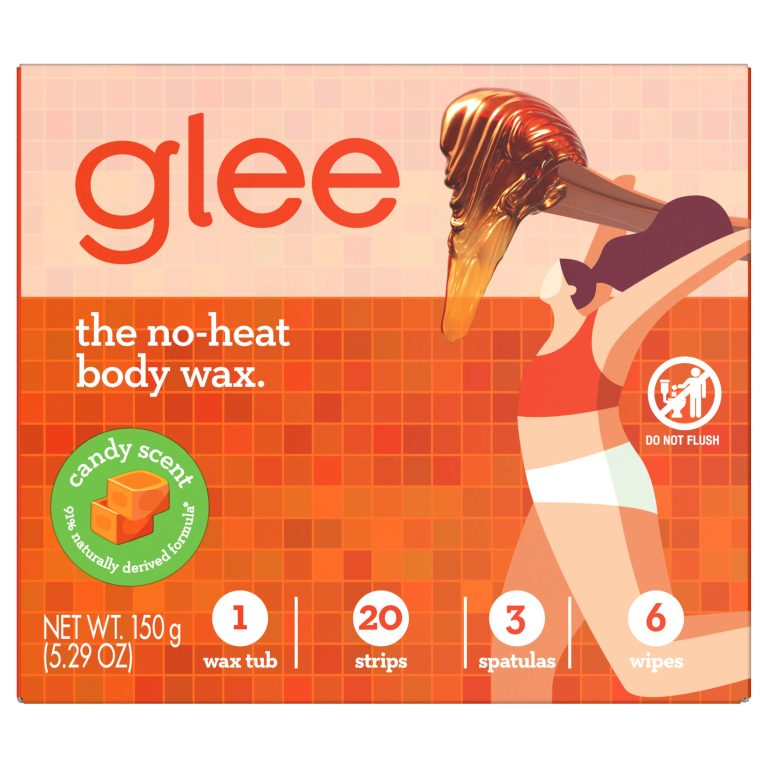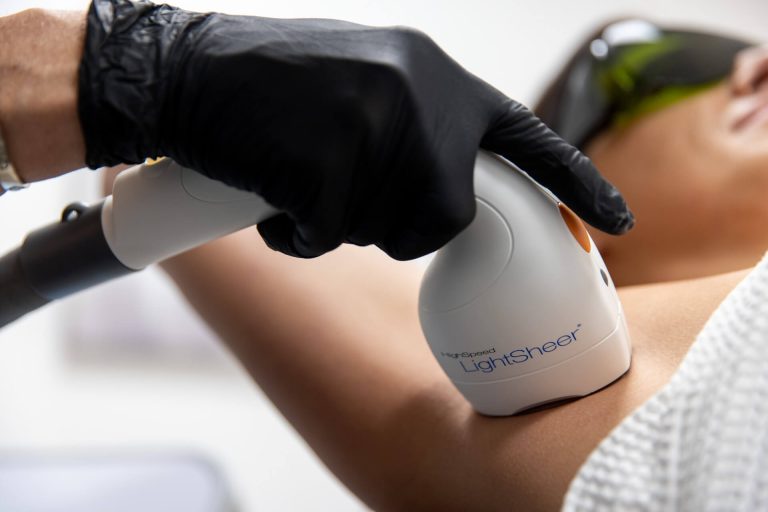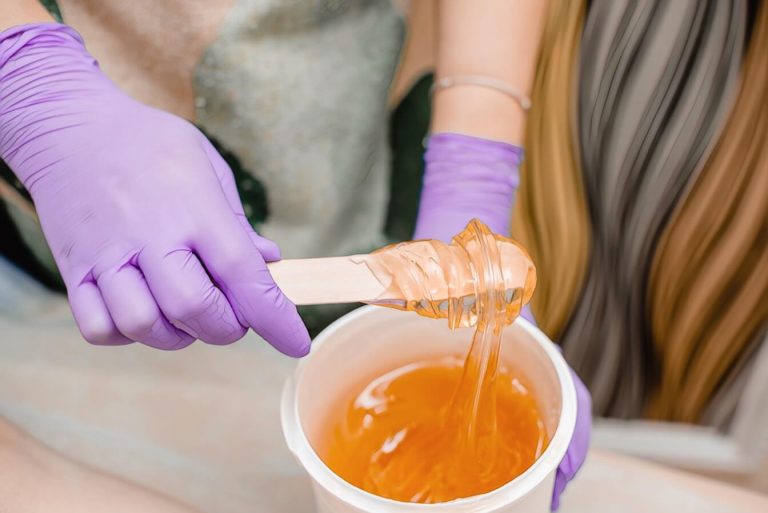The Sweet Art of Sugar Waxing

As the beauty industry continues to evolve, a new trend is making its way to the forefront of hair removal: sugar waxing. While traditional methods like shaving and waxing have been popular for years, sugaring wax offers a sweet alternative to those looking for a gentler and more natural way to remove hair.
What is Sugaring Wax?
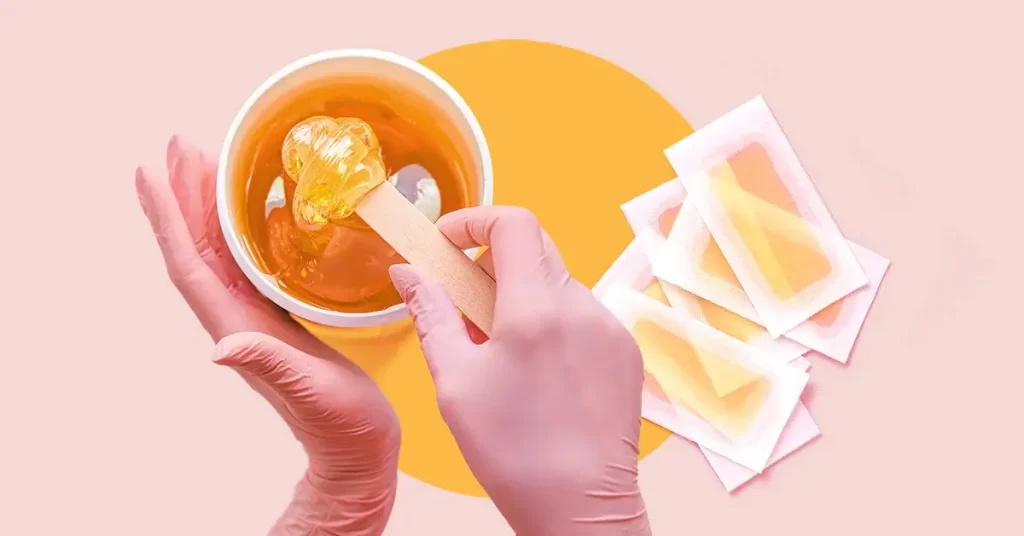
So, what exactly is sugar waxing? Sugaring wax is a natural hair removal technique that originated in ancient Egypt. Made of a mixture of sugar, water, and lemon juice, the sugar wax is heated to a warm temperature and applied to the skin in the opposite direction of hair growth. The mixture then seeps into the hair follicles and wraps around the hair, pulling it out from the root.
Unlike traditional waxing, sugaring wax is made from all-natural ingredients, which means it is gentler on the skin. The sugar wax is also easily washable with water, making it a clean and easy way to remove hair.
The Benefits of Sugaring Waxing
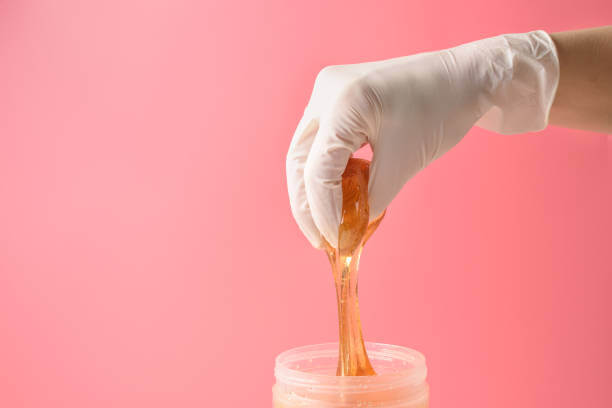
Sugaring waxing is gaining popularity all over the world due to its numerous benefits. One of the most significant advantages of sugar waxing is that it is less painful than traditional waxing. Unlike waxing, sugaring wax does not stick to the skin, which means it is less likely to cause skin irritation or ingrown hairs. Additionally, sugaring wax is less likely to break hair, which means hair grows back thinner over time.
Another benefit of sugaring waxing is that it is a completely natural hair removal method. Sugaring wax is made from only a few simple ingredients and can be easily made at home. This makes it a cost-effective alternative to traditional hair removal methods.
Sugaring wax is also a great way to exfoliate the skin. The sugar in the wax acts as a natural exfoliant, helping to remove dead skin cells and leaving the skin feeling smooth and soft.
The Rise of Sugaring Wax Studios
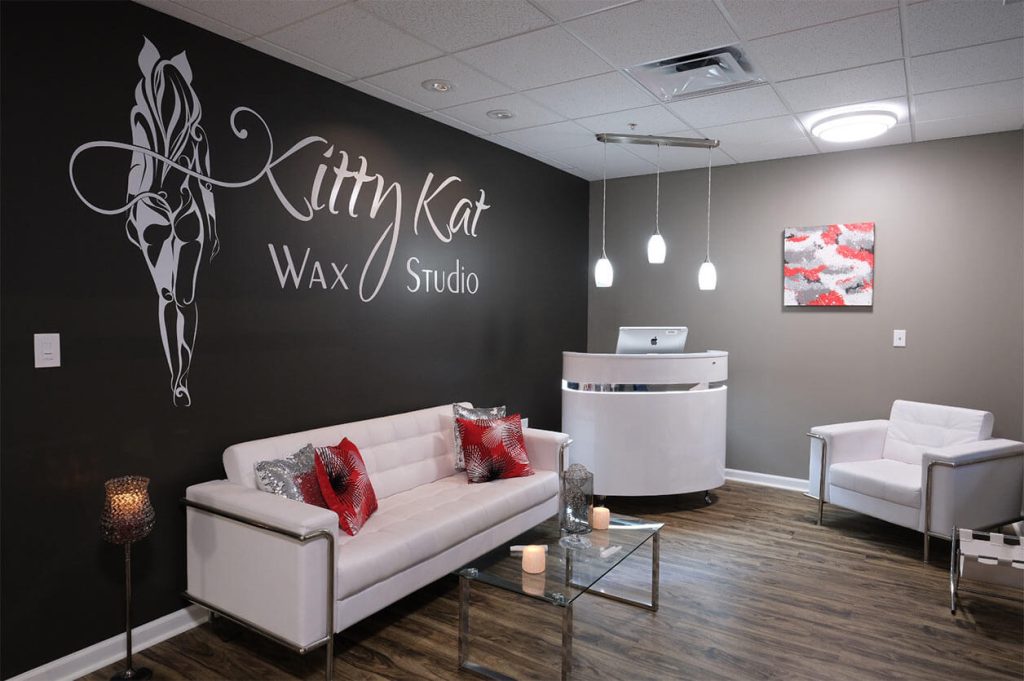
At the heart of sugaring waxing is the Relax & Wax Authentic Brazilian Wax & Sugaring, a salon that is taking the world of sugaring wax by storm. The salon offers a wide range of hair removal services, including sugaring wax, and has gained a loyal following due to their gentle and natural approach to hair removal.
Other popular sugaring waxing studios such as Sweet Peach Wax & Sugaring Studio and Unique Threading & Body Wax Sugaring Studio are popping up all over the country, offering a unique alternative to traditional waxing.
Sugaring Wax vs. Waxing
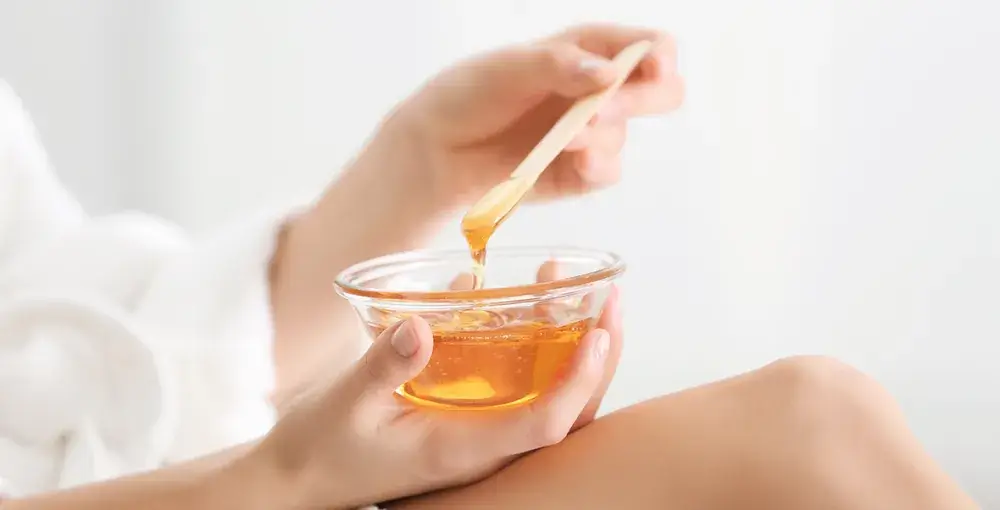
One of the most significant advantages of sugaring wax is that it is less painful than traditional waxing. Unlike waxing, sugaring wax does not stick to the skin, which means it is less likely to cause skin irritation or ingrown hairs. Additionally, sugaring wax is less likely to break hair, which means hair grows back thinner over time.
Another benefit of sugar waxing is that it is a more natural hair removal method. Sugaring wax is made from only a few simple ingredients and can be easily made at home. This makes it a cost-effective alternative to traditional hair removal methods.
While traditional waxing is still a popular method for hair removal, many people are turning to sugaring wax for a more natural and less painful experience.
How to Make Sugaring Wax
If you’re interested in trying sugaring wax at home, you can easily make it with a few simple ingredients. To make sugaring wax, you will need:
- 2 cups of granulated white sugar
- 1 cup of water
- 1/4 cup of lemon juice
Mix the ingredients in a saucepan and heat on low until the sugar dissolves. Once the sugar has dissolved, increase the heat and bring the mixture to a boil. Let the mixture boil for a few minutes until it thickens and turns a golden color.
Remove the mixture from the heat and let it cool until it is warm to the touch. Once the mixture has cooled, you can apply it to the skin in the same way you would traditional wax.
Is Sugaring Better Than Waxing?
While both sugaring waxing and traditional waxing offer a way to remove hair, there are some notable differences between the two. One of the most significant advantages of sugaring wax is that it is less painful than traditional waxing. Sugaring wax does not stick to the skin, which means it is less likely to cause skin irritation or ingrown hairs. Additionally, sugar waxing is less likely to break hair, which means hair grows back thinner over time.
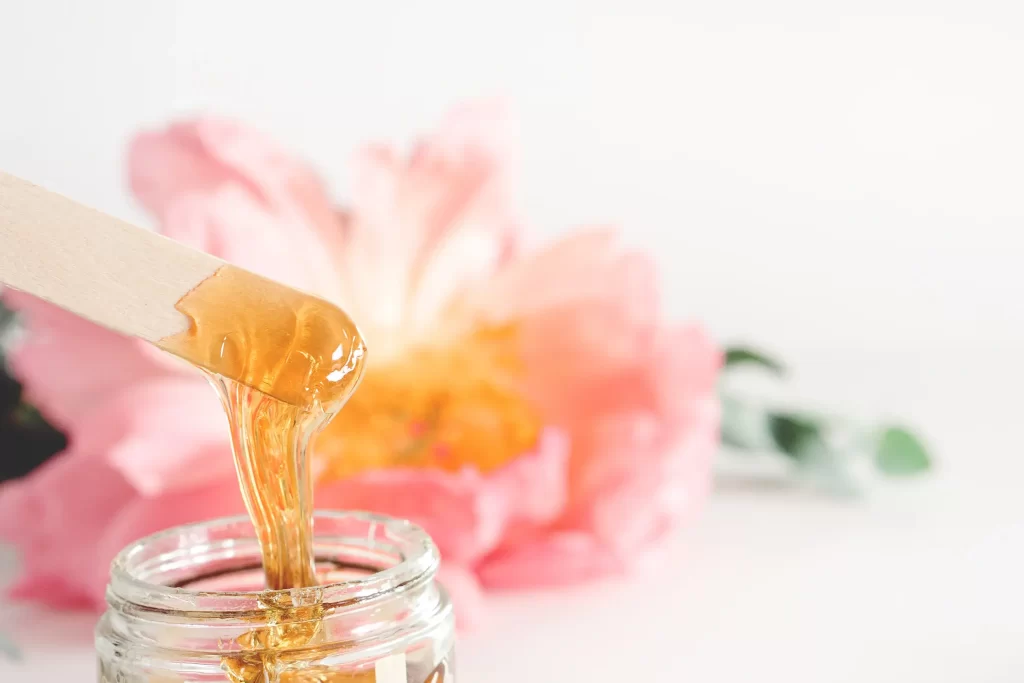
Another advantage of sugaring wax is that it is more natural than traditional waxing. Sugaring wax is made from only a few simple ingredients and is free of harsh chemicals, making it a gentler and more environmentally friendly option.
Ultimately, the choice between sugaring wax and traditional waxing comes down to personal preference. While sugaring wax may be a more natural and less painful alternative to traditional waxing, it may not be suitable for everyone.
The Future of Sugaring Waxing
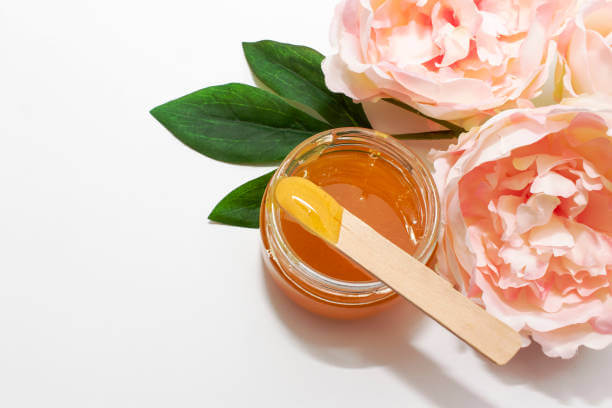
As the demand for natural and gentle hair removal methods continues to grow, sugar waxing is likely to become even more popular. Salons like the Natura Sugaring Melt & Wax Spa and the Sweet Heart Brazilian Wax & Sugaring are gaining popularity, offering a unique and natural approach to hair removal.
Organic wax and sugaring is also becoming increasingly popular as people look for more natural and environmentally friendly ways to remove hair. Sugaring waxing is not only gentler on the skin but also on the environment, making it an attractive option for those who are environmentally conscious.
In conclusion, sugaring wax is a natural and gentle hair removal method that is gaining popularity all over the world. With its numerous benefits and increasing availability, sugaring wax is likely to become a staple in the world of hair removal.



